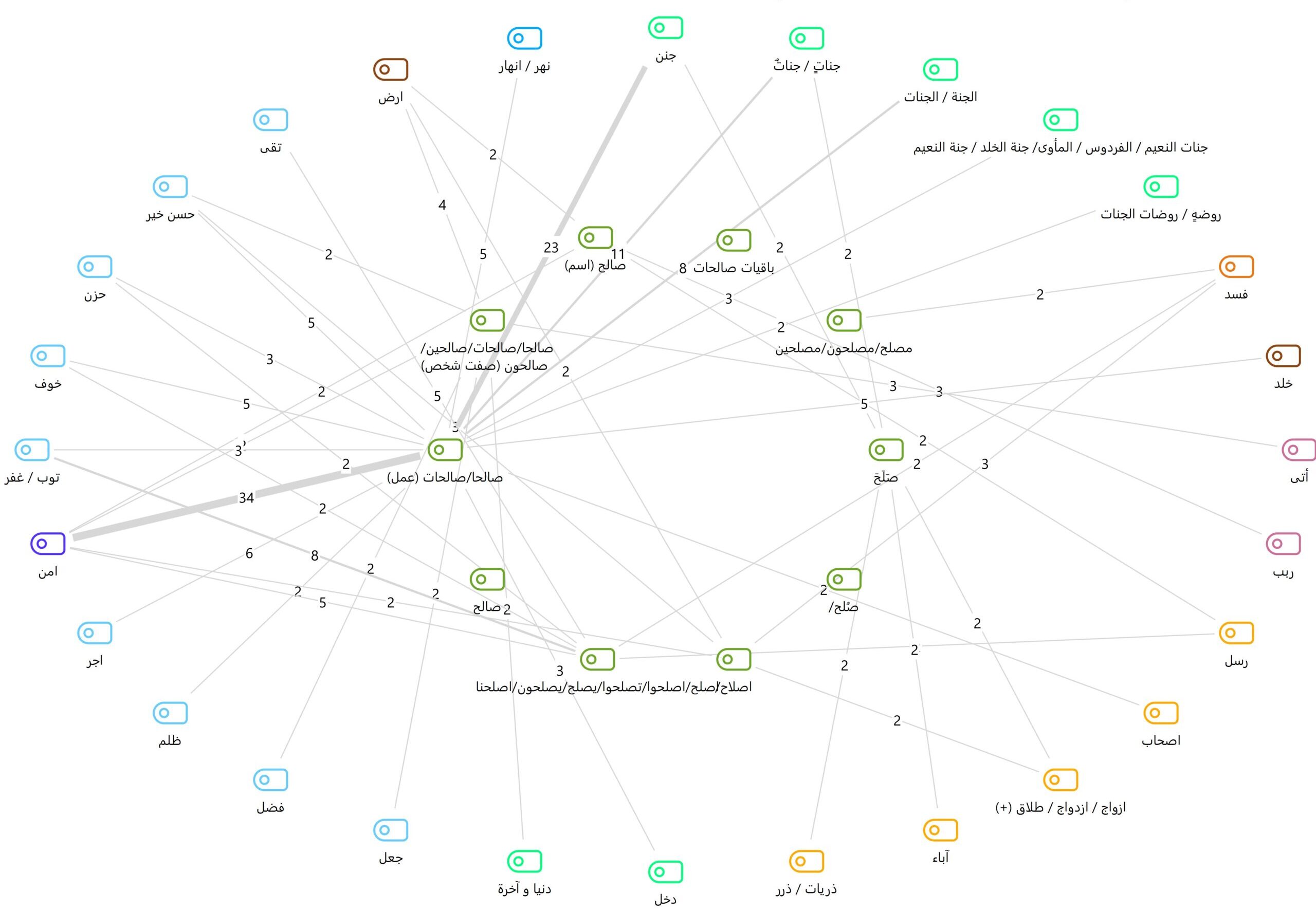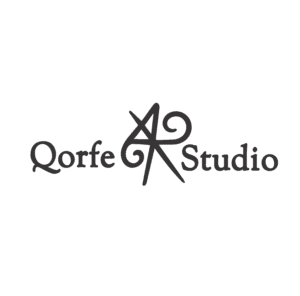Skills
Tools
This research explores the concept of the ‘Righteous Remnant’ within Muslim societies, drawing inspiration from the Holy Qur’an and emphasizing the Arabic equivalent for ‘righteous’ as a reconciliator. Departing from traditional preservation approaches, the study advocates a paradigm shift, positioning heritage assets as pivotal agents of reconciliation within communities.
Quantitative analysis uncovers a compelling correlation between the ‘Righteous Remnant’ and reconciliation, underscoring tangible outcomes such as residing in sustainable gardens. Simultaneously, qualitative exploration reveals the vital role of remnants in contributing to equilibrium, highlighting their potential as indispensable elements of reconciliatory heritage. This dual methodology prompts a reconsideration of heritage conservation practices, suggesting that assets linked to green environments are better perceived and appreciated by communities.
Beyond analysis, the research delves into the active role of communities in conservation. Fostering an autonomic approach, residents contribute to preserving cultural heritage, advocating for policies that safeguard material aspects and nurture the intrinsic connection between heritage assets, peace, and communal well-being. This holistic vision offers a sustainable perspective on cultural heritage conservation in Muslim societies, promoting a synthesis of reconciliatory principles and community engagement.

